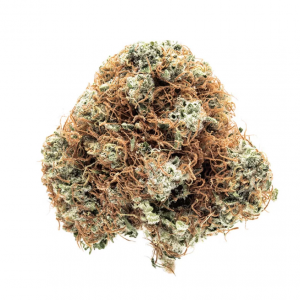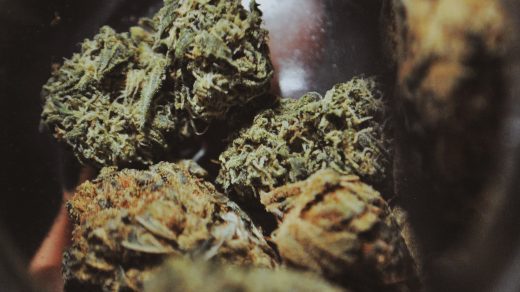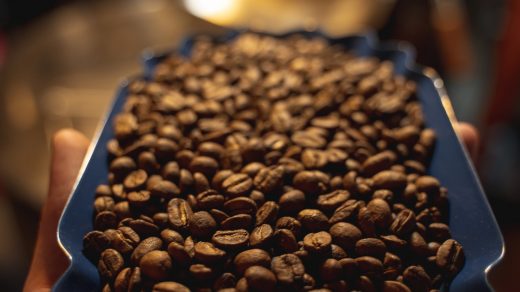Tire Fire is a cannabis strain known for its potent effects and earthy aroma. Here’s some information about the Tire Fire strain:
Origins and Genetics:
Tire Fire is typically an indica-dominant hybrid strain, although specific genetic information can vary depending on the breeder. It is believed to be a cross between two popular strains, including the well-known High Octane and Chemdawg strains. These parent strains contribute to its strong effects.
Appearance and Aroma:
Tire Fire buds often have a dense and resinous structure with shades of green and orange pistils. The aroma of this strain is characterized by a pungent and skunky scent with hints of earthiness and fuel. Some variations may also have notes of citrus or pine.
Flavor Profile:
The flavor profile of Tire Fire typically includes earthy and skunky notes, in line with its aroma. Users may also detect hints of fuel or diesel, creating a robust and sometimes acquired taste.
Effects and Potency:
Tire Fire is known for its potent effects. It typically induces a deeply relaxing and sedating high that can be both physically soothing and mentally calming. Users often report feeling heavy and relaxed, making it suitable for evening or nighttime use.
Medical Benefits:
The strong and relaxing effects of Tire Fire may have therapeutic benefits for individuals dealing with symptoms of insomnia, chronic pain, and stress. Some users also find it helpful for easing muscle tension and anxiety.
Cultivation Information:
Tire Fire can be cultivated both indoors and outdoors. Indoor cultivation allows for better control of environmental factors like lighting and humidity. The flowering time for Tire Fire typically ranges from 7 to 9 weeks.
Please note that while Tire Fire is a known strain, specific characteristics can vary depending on factors such as genetics and growing conditions. If you’re interested in growing or using Tire Fire or any other cannabis strain, we recommend checking with local sources or dispensaries for the most up-to-date information and availability, as well as compliance with local cannabis laws and regulations.




